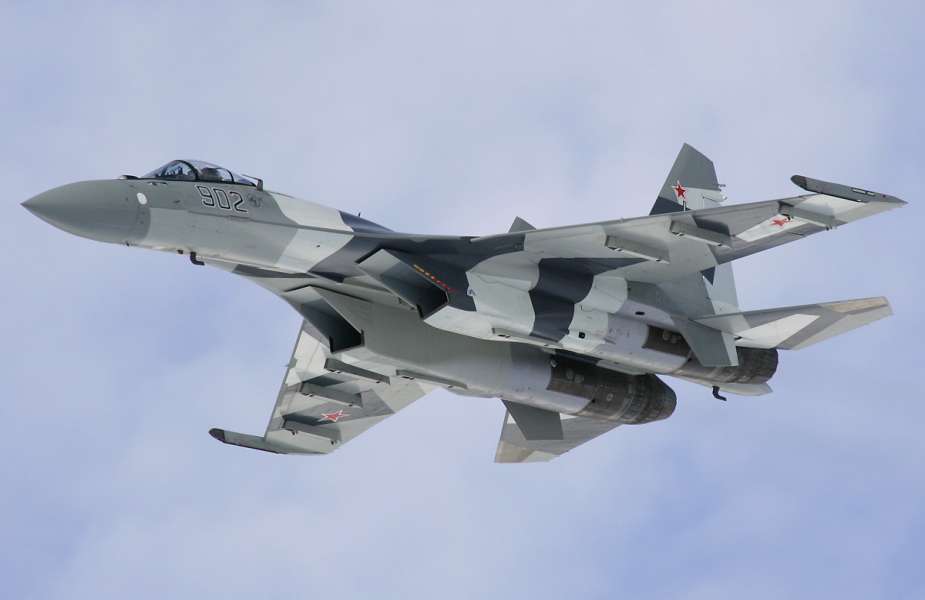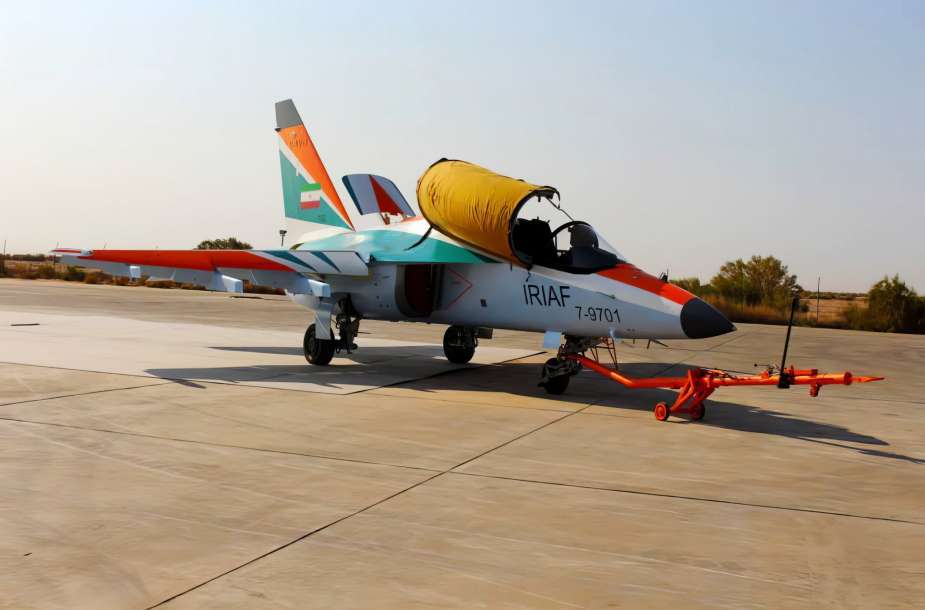Will Iran receive 4th Generation Su-35 Flanker Fighter Jets from Russia?
On April 21, 2024, Iran officially denied reports of an imminent delivery of 12 Su-35 Flanker fighter jets to the country next week. The reports, which had been circulating in Iranian media, all cited the country’s official Student News Network (SNN), affiliated with the Islamic Revolutionary Guard Corps. SNN later retracted the report, declaring it false.
Follow Army Recognition on Google News at this link

Russia 4th Generation Su-35 Fighter Jets (Picture source: Wikimedia)
This is not the first time Iran has prematurely anticipated the delivery of these aircraft. In January 2023, an Iranian official stated that the Su-35 fighter jets would arrive in March, just in time for the Iranian New Year.
However, the likelihood of an upcoming delivery of 34 Sukhoi Su-35 fighters to Iran is strengthened by the fact that, on November 28, 2023, Iran finalized negotiations for the acquisition of several Russian aircraft. These discussions, which began in 2015, involved the purchase of Mil Mi-28 attack helicopters, Sukhoi Su-35 fighters, and Yak-130 training aircraft. Sardar Seyed Mehdi Farhi, Deputy Minister of Defense and Support for the Armed Forces of the Islamic Republic of Iran confirmed the conclusion of these negotiations.
Furthermore, the arrival in September 2023 of Yak-130 training aircraft, also part of this deal with Russia, supports the notion that the delivery of the Su-35s could soon follow. This expectation is based on the fact that previous agreements, which included various types of aircraft, have already begun to be honored, thus indicating that the Su-35 fighters might be next on the delivery list.
The Iranian Air Force, officially called the Air Force of the Islamic Republic of Iran, possesses a varied arsenal of fighter jets, most of which were acquired before international sanctions hindered the modernization of its air fleet. Among the most notable are the F-14 Tomcats, purchased from the United States before the Islamic Revolution of 1979. These fighters are supplemented by MiG-29 Fulcrums, introduced in the 1990s after the fall of the Soviet Union. The Iranian Air Force also operates Sukhoi Su-24 tactical bombers acquired during the same period. The F-4 Phantom II and F-5 Tiger II, both relics from the pre-revolutionary era of the 1960s and 1970s, are used for strike, reconnaissance, and light attack missions respectively. The Iranian Air Force also made operational 24 Iraqi Mirage F1 fighter jets, which arrived in Iran at the end of the Gulf War in 1991. This heterogeneous fleet reflects the challenges Iran faces in maintaining an air capability amidst international restrictions.
From a technical standpoint, the Sukhoi Su-35, classified as a 4th-generation multirole fighter, is an evolved version of the Su-27 Flanker model. Known for its improved avionics, radar, and weapon systems, the Su-35 is designed to be effective in both long-range air-to-air and air-to-ground missions, with a maximum speed of Mach 2.25, a service ceiling of 20,000 meters, and an operational range of 3,600 km. Equipped with an AESA (Active Electronically Scanned Array) radar, the Su-35 can track and engage multiple targets simultaneously, enhancing its situational awareness and combat effectiveness.
The Su-35 is armed with a diverse array of air-to-air and air-to-ground missiles, including the R-77 (AA-12 Adder) air-to-air missile, Kh-31 (AS-17 Krypton) anti-ship missile, and Kh-59 (AS-18 Kazoo) standoff missile, showcasing its adaptability to various mission requirements. Having demonstrated its capabilities in combat operations in Syria and being exported to several nations, the Su-35 is recognized for its functional role in the Russian Air Force.

The Yakovlev Yak-130 has been stationed at the Shahid Babaei Air Base in Isfahan, central Iran (Picture source: Iran MoD)
- Hits: 3461
















